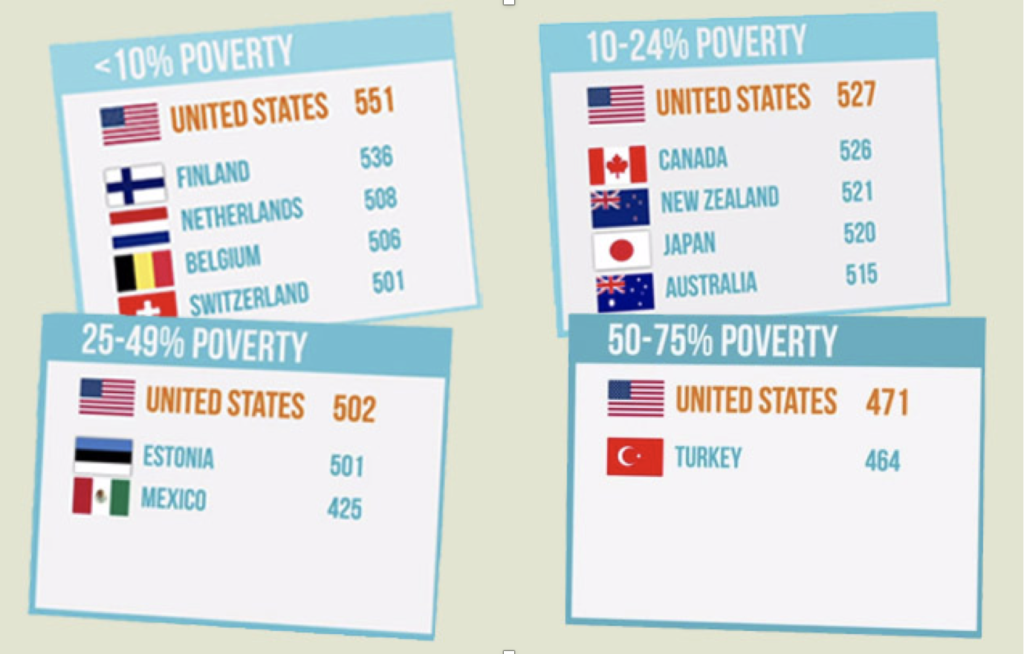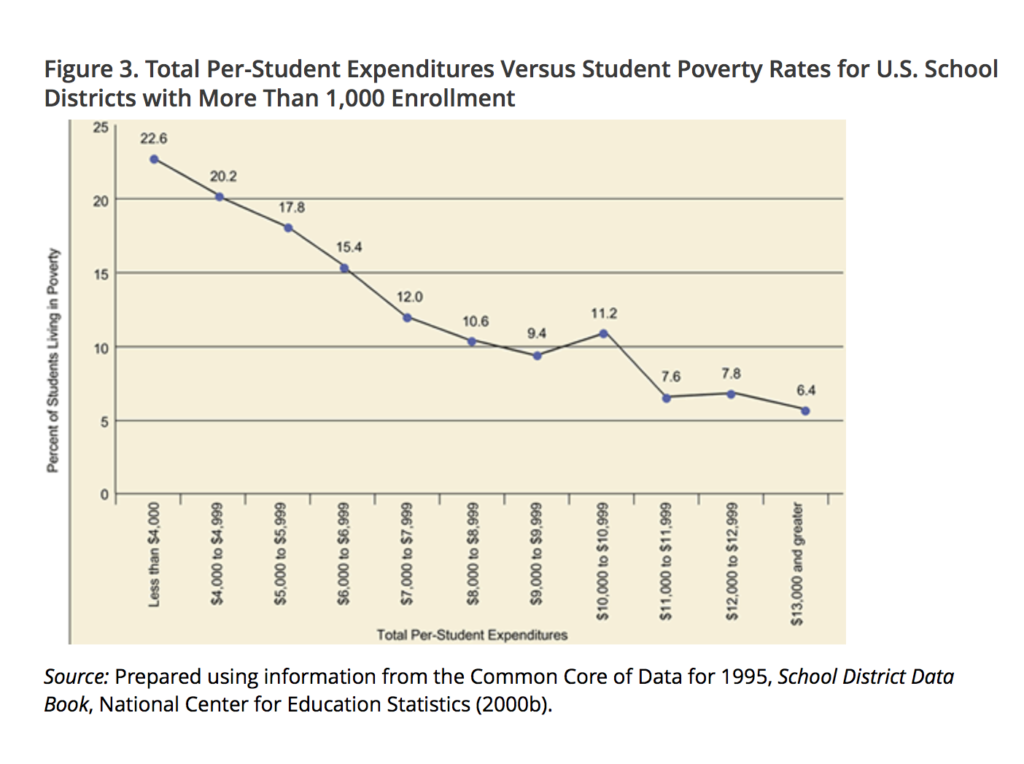Is it False News, Propaganda or Just Plain Old Baloney?
This is the blog that demonstrates that the Education Reform movement is based on a more than 30 year history of repeating 2 myths for profit and political purposes (by both parties): that we spend more than any other country on our public school and that U.S. students underperform other nations’.
When President-elect Trump introduced Amway heiress and school choice advocate Betsy DeVos as his choice for Secretary of Education, she had something to say about fake news. From a Politico 12/09/16 report covering the Trump rally in Grand Rapids, Michigan:
President-elect Donald Trump’s pick for education secretary, Betsy DeVos, pushed back against criticism of her selection today — accusing the media of spreading false stories about her.
“There’s a lot of false news out there,” DeVos said on stage with Trump at a rally in her hometown of Grand Rapids, Mich. “All I ask for is an open mind and the opportunity to share my heart.”
PolitiFact’s Lie of the Year for 2016 is fake news. Ignoring the facts has long been a staple of political speech. Every day, politicians overstate some statistic, distort their opponents’ positions or simply tell out-and-out whoppers. Surrogates and pundits spread the spin.
Then there’s fake news, the phenomenon that is now sweeping, well, the news. Fake news is made-up stuff, masterfully manipulated to look like credible journalistic reports that are easily spread online to large audiences willing to believe the fictions and spread the word.
Propaganda (noun)
- information, ideas, or rumors deliberately spread widely to help or harm a person, group, movement, institution, nation, etc.
- the deliberate spreading of such information, rumors, etc.
- the particular doctrines or principles propagated by an organization or movement.
The Sandia report, however, broke the scores down by various subgroups, and something astonishing emerged. Nearly every subgroup — ethnic minorities, rich kids, poor kids, middle class kids, top students, average students, low-ranked students — held steady or improved during those years. Yet overall scores dropped. How could that be?
Simple — statisticians call it Simpson’s paradox: The average can change in one direction while all the subgroups change in the opposite direction if proportions among the subgroups are changing. Early in the period studied, only top students took the test. But during those twenty years, the pool of test takers expanded to include many lower-ranked students. Because the proportion of top students to all students was shrinking, the scores inevitably dropped. That decline signified not failure but rather progress toward what had been a national goal: extending educational opportunities to a broader range of the population.
The apparent decline in test scores merely reflected increasing participation across all socioeconomic groups. After correcting for poverty, U.S. public schools outshine all countries (of similar demographic) and those scores are continuing on an upward trend. However, as the rate of poverty increases for our nation’s public school children, the average test scores will show declines. Or to put it simply “It’s Poverty Not Stupid.” (The same trends continue to hold true with more recent test data):

Possibly because it contradicted the growing reform agenda, the government never released the results of the Sandia Report. Hardly anyone else knew it even existed until, in 1993, the Journal of Educational Research, a minor publication, printed the report. You can read more about how “one of the most through investigations into public education did not produce the expected results and instead, ended up being censored” at Project Censored.
To be clear, despite decades of nearly constant Ed Reform propaganda, it is simply NOT TRUE that our public schools are “terrible.”
President-elect Trump, also, suggested that the U.S. spends “more on education than other nations” and this is also a misrepresentation of the truth. The truth is that, according to the OECD, our average K-12 per-pupil spending is NOT the highest (see OECD page 207). This paper from the Economic Policy Institute demonstrates how U.S. spending on Grades K-12 lags behind other industrialized nations.
Also, there are dramatic disparities in school funding in the U.S. (read here) both between and within states which certainly must impact school quality. Data shows that communities where student poverty is rare tend to have well-funded schools, whereas schools in communities where student poverty is rampant tend to receive much less funding (this, also, may explain why, in Florida, you almost never find a D or F school in a wealthy neighborhood):
Funding differences in the United States generate huge disparities in the quality of school buildings, facilities, curriculum, equipment for instruction, teacher experience and qualifications, class sizes, presence of auxiliary professionals, and other resources. It would surprise most U.S. citizens to learn that disparities such as these are simply not tolerated in other developed countries, where public schools normally receive equal funding in rich and poor communities alike on the basis of the number of students enrolled. Robert Slavin (1999) explains the difference:
“To my knowledge, the U.S. is the only nation to fund elementary and secondary education based on local wealth. Other developed countries either equalize funding or provide extra funding for individuals or groups felt to need it. In the Netherlands, for example, national funding is provided to all schools based on the number of pupils enrolled, but for every guilder allocated to a middle-class Dutch child, 1.25 guilders are allocated for a lower-class child and 1.9 guilders for a minority child, exactly the opposite of the situation in the U.S., where lower-class and minority children typically receive less than middle-class white children. (p. 520)
Poor and minority children always face problems that are not experienced by their peers, and in all advanced nations they tend to have more difficulties with education. But in the United States, those children face additional handicaps because they are often forced to attend poorly funded schools.”

